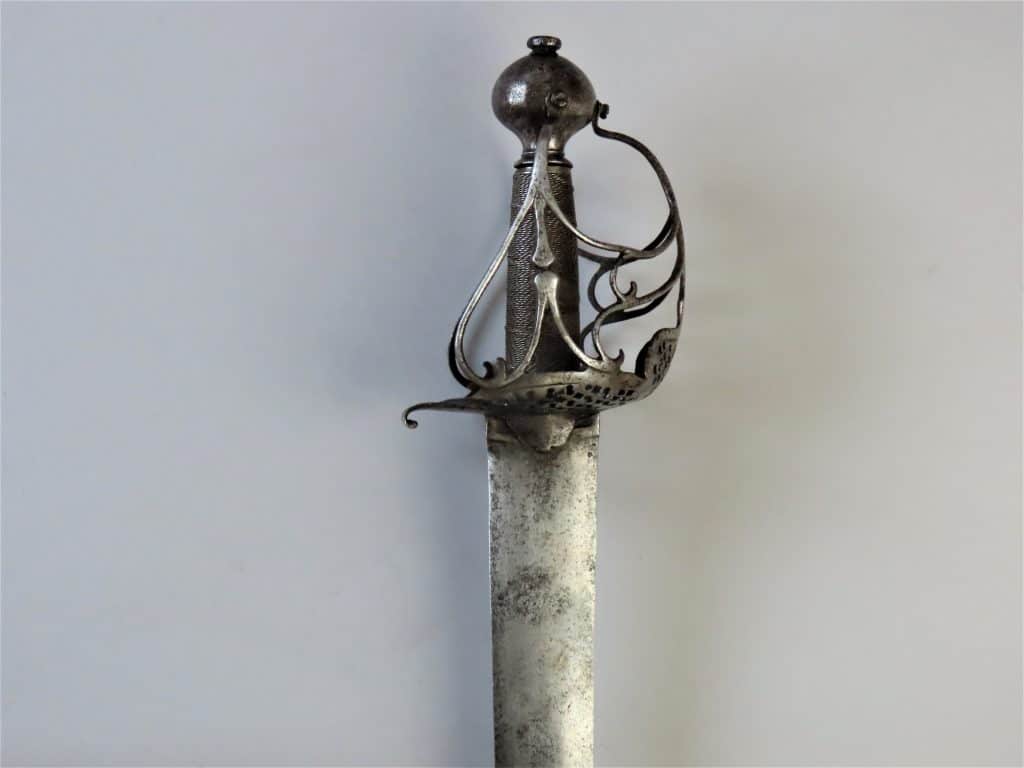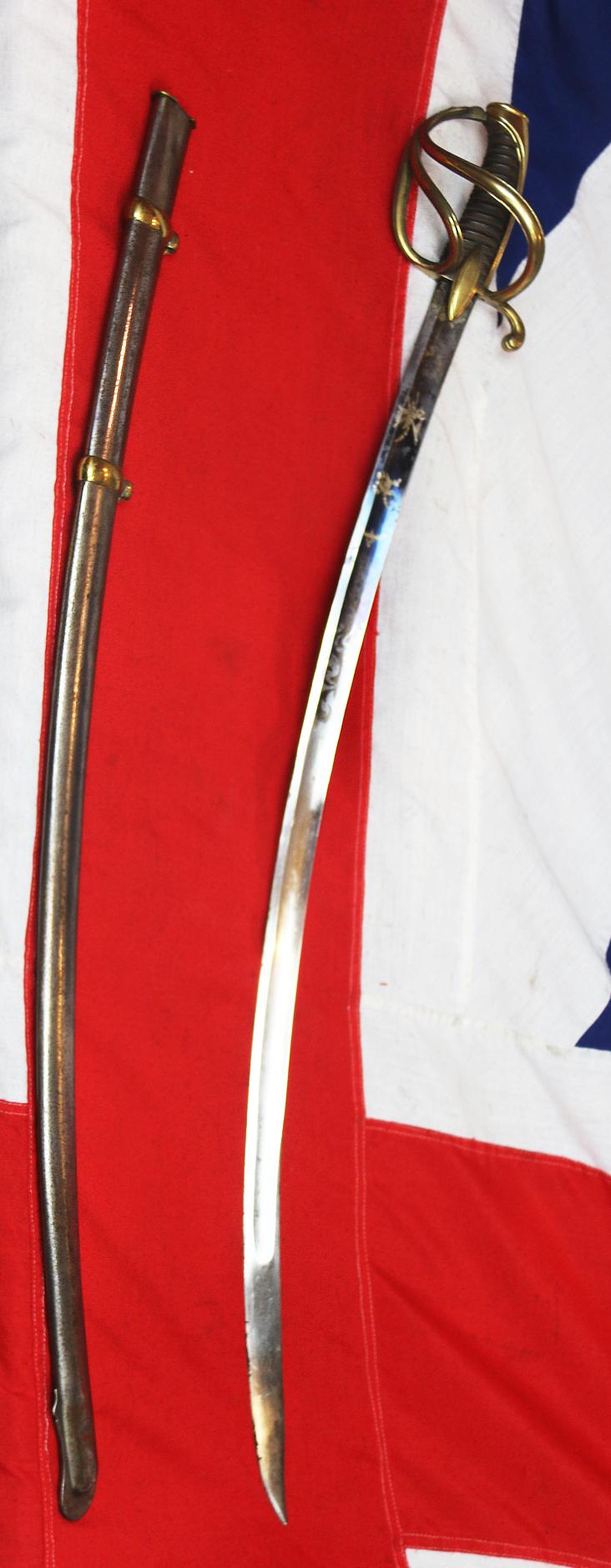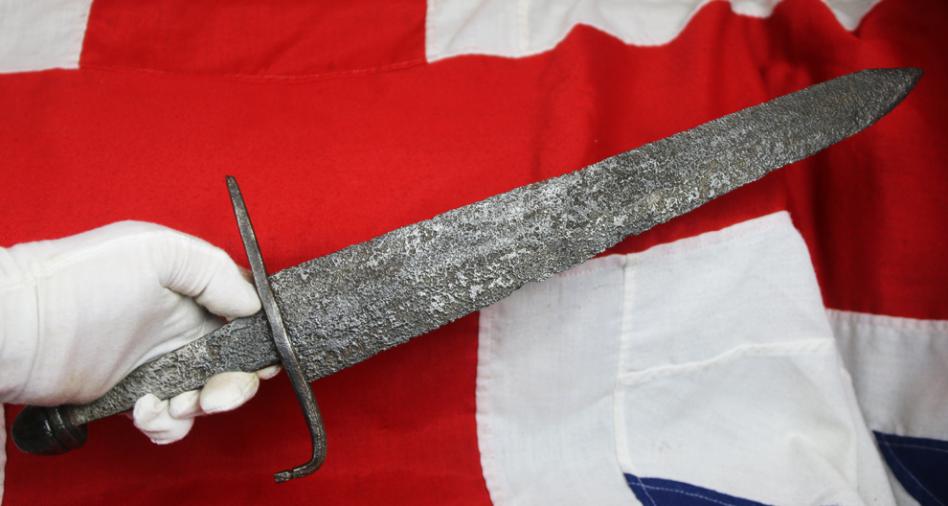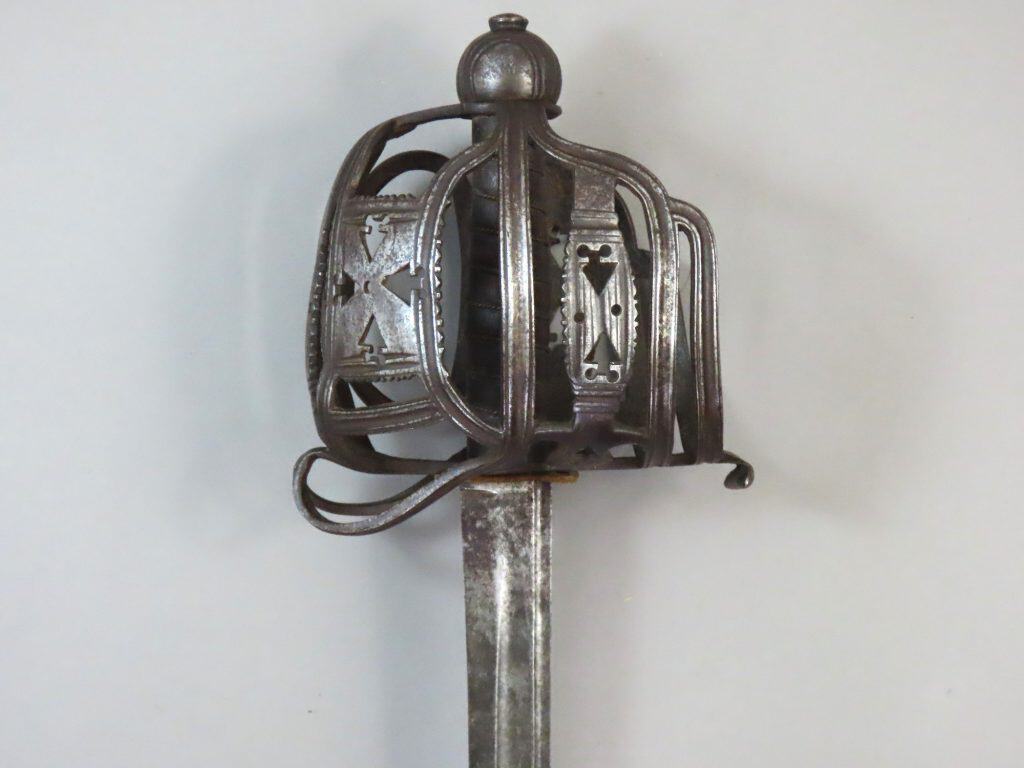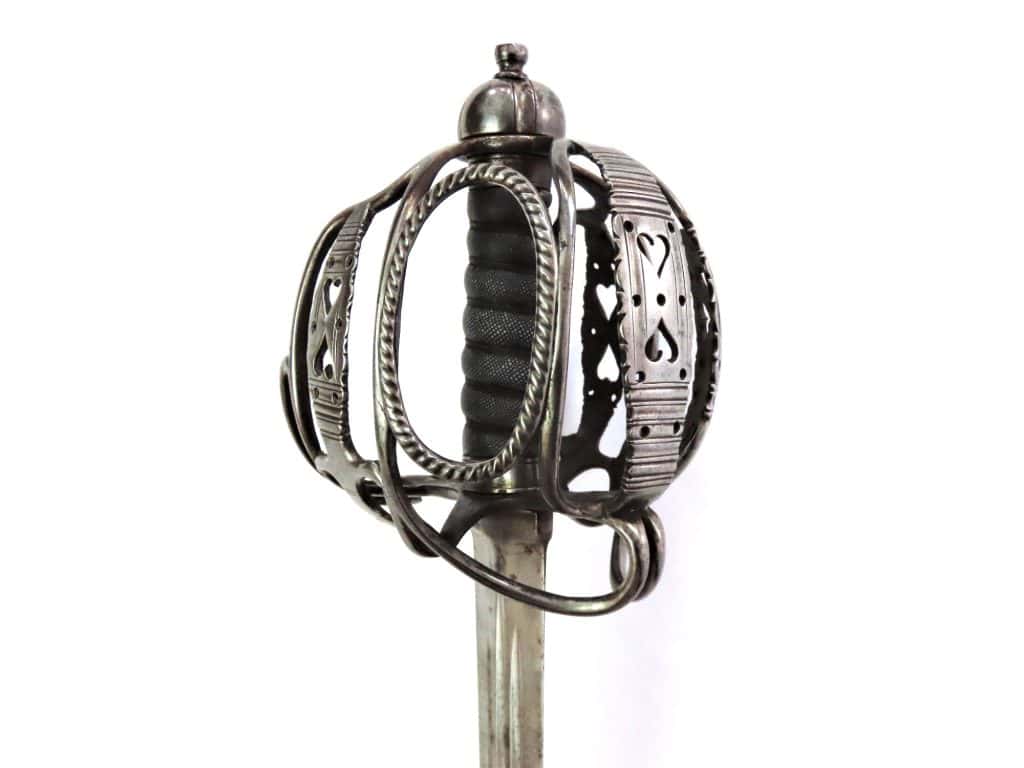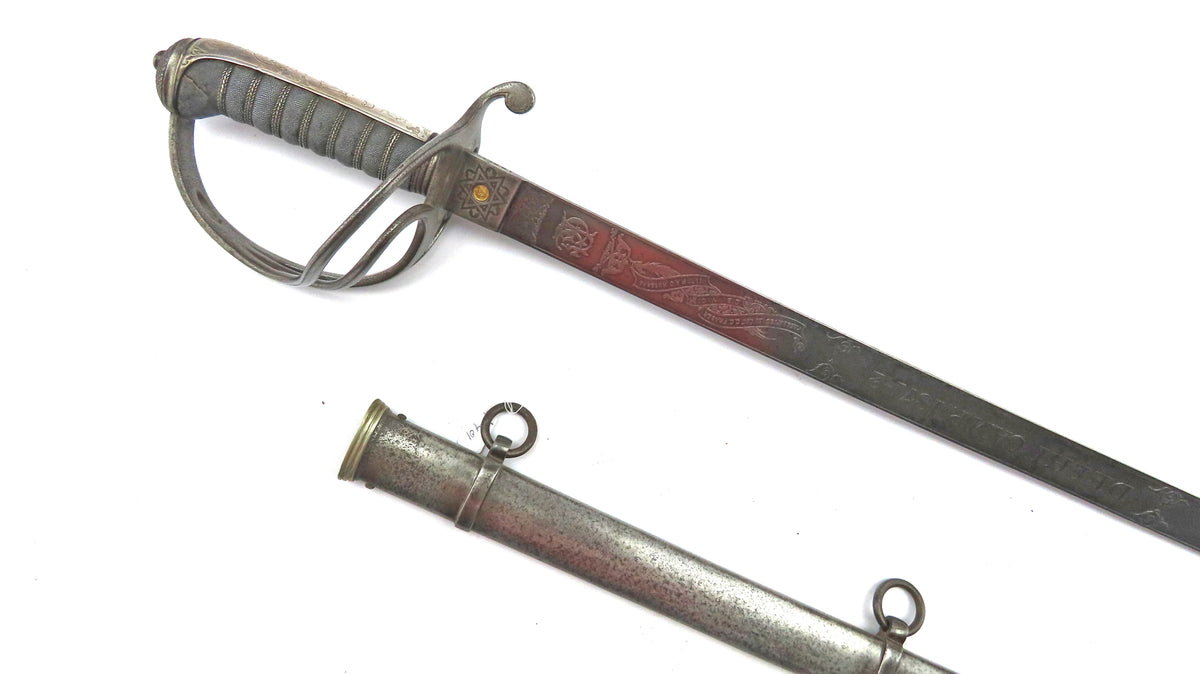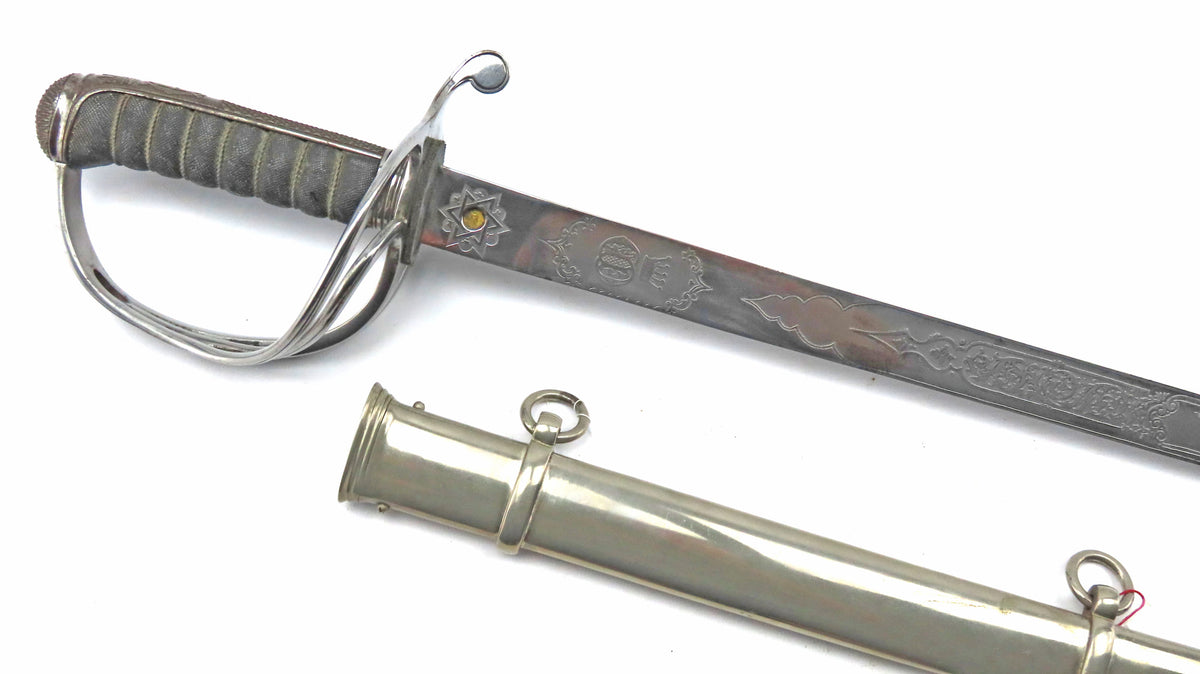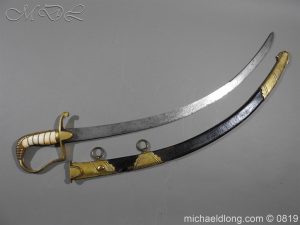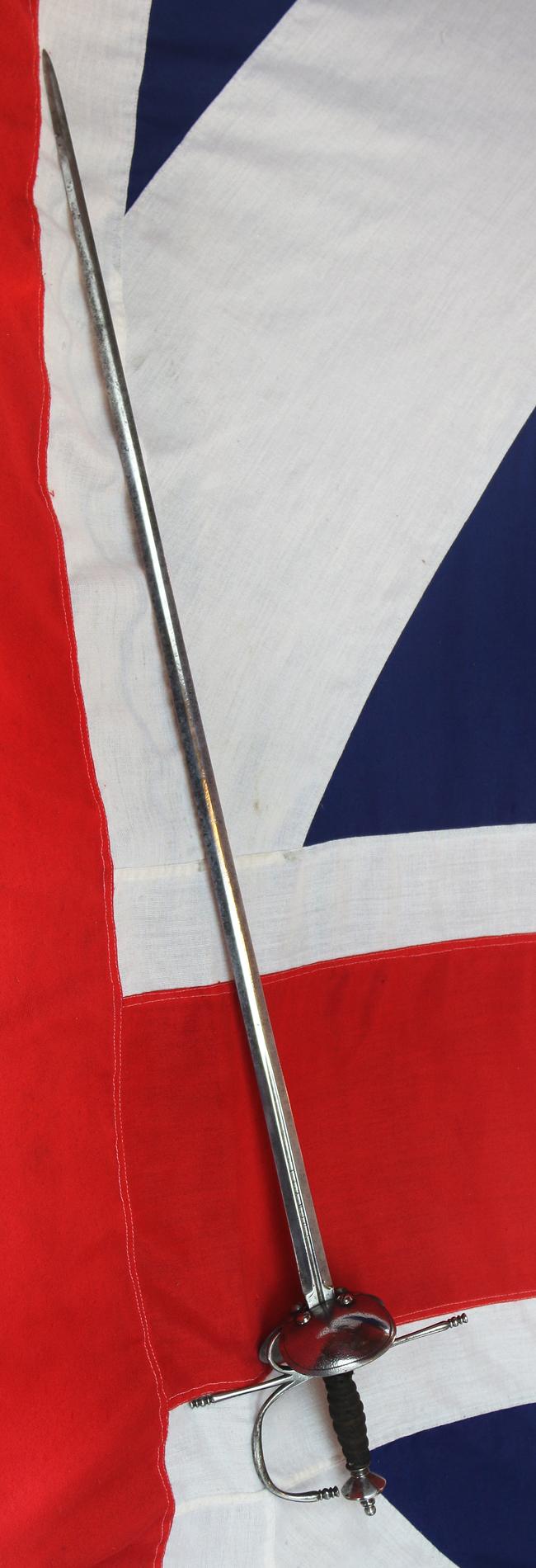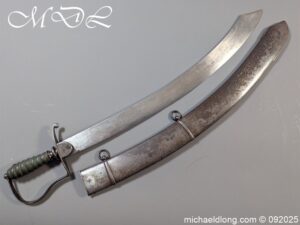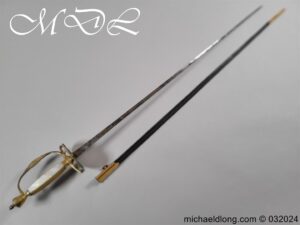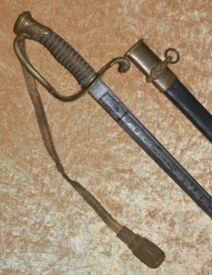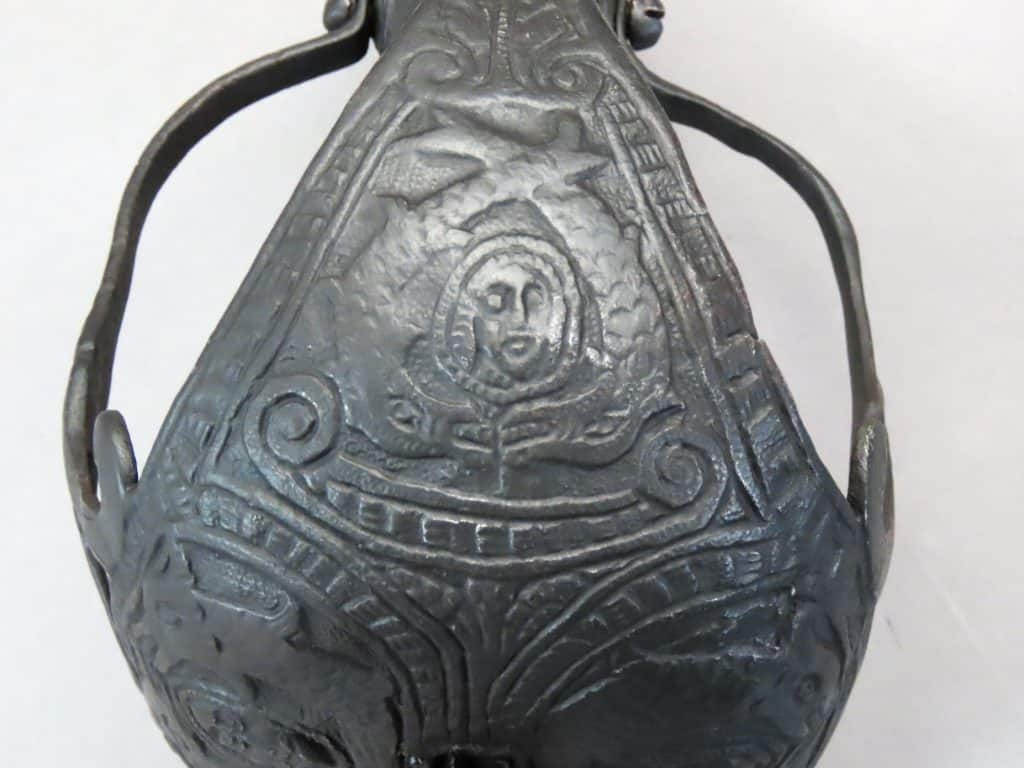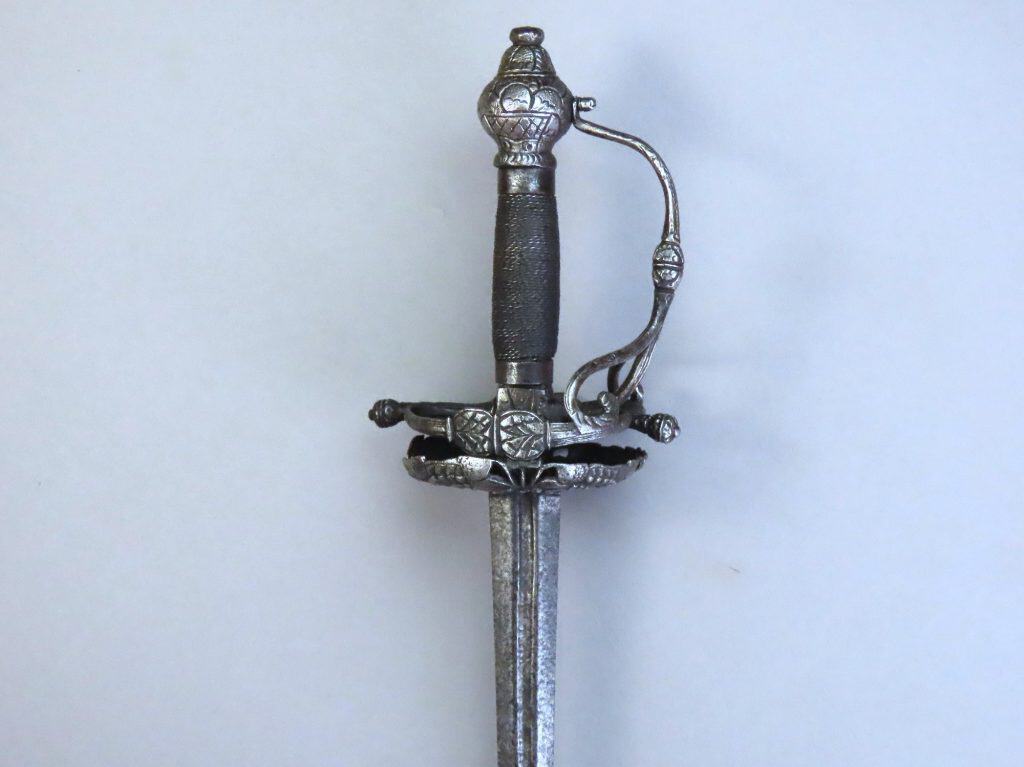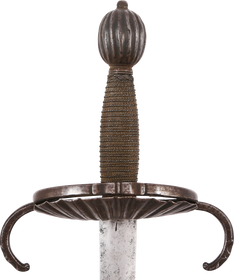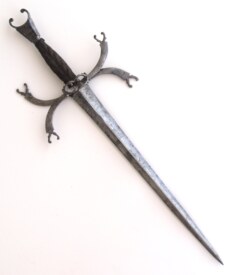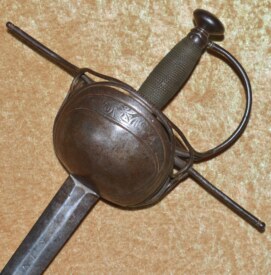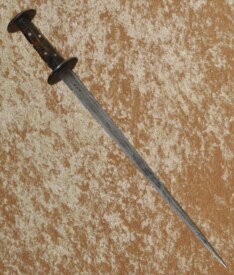For Sale
The following items are listed by for sale by users of the site and dealers. They are in no way endorsed or guaranteed by www.oldswords.com
Add a Classified ItemYou can also receive regular email notifcations when items match your keywords. To recieve them just register or logon at the top right of this page.
- Nation : British
- Local Price : £3950
- Nation : Japanese
- Local Price : £3950
- Nation : British
- Local Price : £3950
- Nation : Persian
- Local Price : £3950
- Nation : Russian
- Local Price : £3950
- Nation : Spanish
- Local Price : $7,500.00 CAD
- Nation : British
- Local Price : £3900
- Nation : British
- Local Price : £3850
- Nation : British
- Local Price : £3.850
- Nation : British
- Local Price : £3,850.00
- Nation : Indian
- Local Price : £3,795.00
- Nation : Chinese
- Local Price : £3795
- Nation : British
- Local Price : £3775
- Nation : British
- Local Price : £3,750.00
- Nation : British
- Local Price : £3,750.00
- Nation : Chinese
- Local Price : £3750
- Nation : Dutch
- Local Price : £3650
- Nation : British
- Local Price : £3,650.00
- Nation : British
- Local Price : £3,650.00
- Nation : Persian
- Local Price : £3650
- Nation : American
- Local Price : $4995.00
- Nation : British
- Local Price : £3600
- Nation : British
- Local Price : £3550
- Nation : Italian
- Local Price : 4,850.00 USD
- Nation : British
- Local Price : £3495
- Nation : ?
- Local Price : $3495.00
- Nation : Spanish
- Local Price : $3495.00
- Nation : Italian
- Local Price : $3495.00
- Nation : British
- Local Price : £3,450.00


